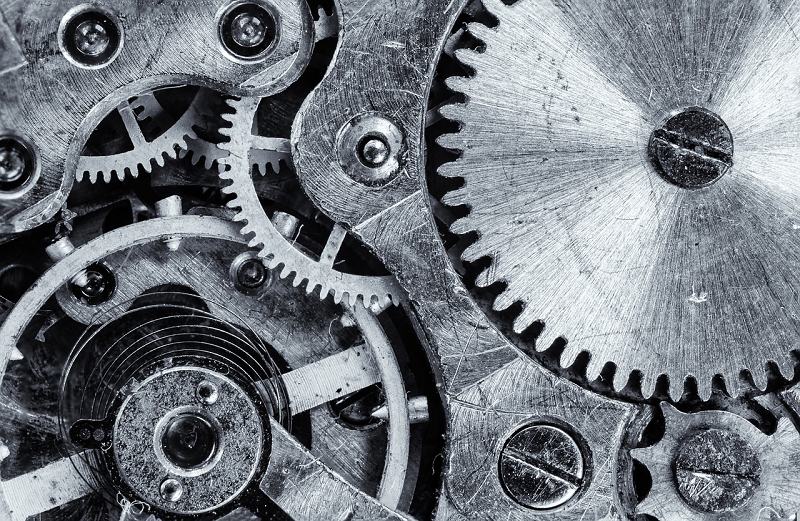 Machinery refers to the general name of machinery and organization. A machine is a tool or device that makes a job easier or less labor-saving. Things like chopsticks, brooms, and tweezers can all be called a machine. They are simple machines. Complex machinery is composed of two or more kinds of simple machinery. These more complex machines are often called machines. From the point of view of structure and movement, there is no difference between institutions and machines, generally referred to as machinery.
Machinery refers to the general name of machinery and organization. A machine is a tool or device that makes a job easier or less labor-saving. Things like chopsticks, brooms, and tweezers can all be called a machine. They are simple machines. Complex machinery is composed of two or more kinds of simple machinery. These more complex machines are often called machines. From the point of view of structure and movement, there is no difference between institutions and machines, generally referred to as machinery.
Machinery, derived from the Greek Mechine and Latin Machina, originally refers to “clever design”, as a general concept of machinery, can be traced back to the ancient Roman period, mainly to distinguish from hand tools. The modern Chinese word “machinery” is a general term for the English Mechanism and Machine. The characteristics of machinery are: machinery is a combination of artificial physical components. There is definite relative motion between the parts of the machine. Therefore, Machine can convert mechanical energy or complete useful mechanical work, which is the most basic concept in the principle of modern machinery. The modern concept of Chinese machinery is mostly derived from the word “machinery” in Japanese. The concept of machinery in Japanese machinery supplies is defined as follows (that conforms to the following three characteristics, called mechanical Machine).
Mechanical basic parts (mainly: bearings, gears, molds, hydraulic parts, pneumatic components, seals, fasteners, etc.) are an indispensable part of the equipment manufacturing industry, which directly determines the performance, level, quality and reliability of major equipment and host products, and is the key to realize the transformation of the equipment manufacturing industry from large to strong.
Machining of mechanical parts is a process in which the shape size or performance of the workpiece is changed by machining machinery. According to the temperature state of the workpiece, it is divided into cold processing and hot processing. Generally at room temperature processing, and does not cause the parts of the workpiece chemical or phase changes called cold processing. Generally above or below the normal temperature of the processing, will cause the workpiece chemical or phase changes called hot processing. Cold machining can be divided into cutting machining and pressure machining according to the difference of processing methods. Hot work commonly includes heat treatment, calcination, casting and welding. In addition, hot and cold treatment is often used in assembly. For example, when bearings are assembled, the inner ring is often put into liquid nitrogen to cool it to shrink its size, the outer ring is properly heated to enlarge its size, and then it is assembled together. The outer ring of the train wheel is also heated on the matrix, which can ensure the firmness of its binding when it cools.
Driven by a huge market and supported by policies, China has become the world’s largest machining and manufacturing base and application market for tunneling machinery, and domestic tunneling machinery has also formed a certain competitiveness in the international market. However, there are still many problems in domestic machining industry. A unified, open and fully competitive market is an important condition for the healthy and sustainable development of machining industry.
Post time: Nov-15-2022

